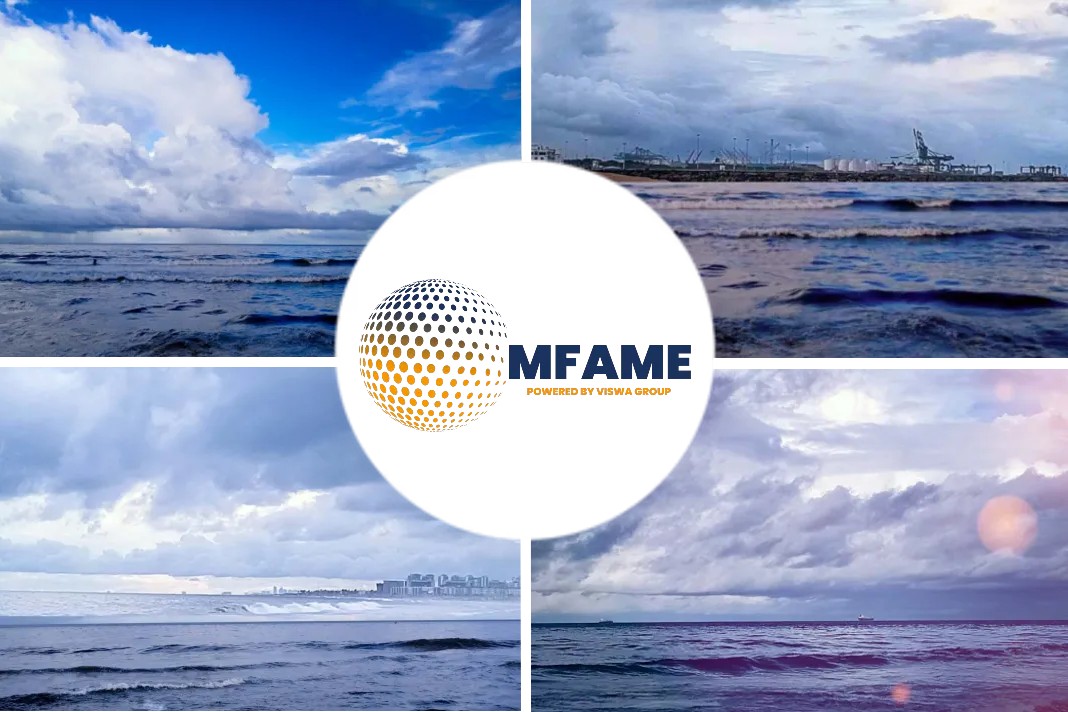The class society ClassNK has granted an approval in principle (AIP) for the design of a 200,000 dwt dual-fuel bulk carrier it is jointly developing with NYK Line and Japan Marine United (JMU).
Increase in cargo capacity
ClassNK corporate officer and director of the society’s Technical Solution Department Hayato Suga said “The design developed by NYK and JMU meets the industry’s demand for an increase in cargo capacity while also being environmentally friendly.”
Innovated energy design
ClassNK reported that the design complies with IMO’s International Code of Safety for Ships using Gases or other Low-Flashpoint Fuels (IGF Code) and will also meet the requirements of Phase 3 of the Energy Efficient Design Index (EEDI) initiative.
No details have been given as regards the bunker tank arrangements although the class society reports that the cargo-carrying capacity of the vessel’s hold spaces will not be compromised.
Located on the east coast of Australia, Newcastle is the world’s leading port for coal exports. Newcastlemax bulk carriers are the largest such vessels that can be accommodated at the port’s loading jetties, and the beam limit of 47 m usually restricts maximum deadweight to about 210,000 dwt.
LNG fuelled bunker design
The ClassNK/NYK/JMU concept is one of several LNG-fuelled Newcastlemax bulker designs unveiled in recent years. At Posidonia 2018 in Greece in June Lloyd’s Register presented an AIP to Shanghai Waigaoqiao Shipbuilding (SWS) for its 210,000-dwt dual-fuel Newcastlemax bulk carrier design. SWS and LR have agreed to jointly develop the concept, based on an existing conventional bulk carrier design and updated to incorporate LNG propulsion.
Dual-fuel carrier
In June 2017 DNV GL awarded an AIP for another 210,000-dwt dual-fuel Newcastlemax bulk carrier design. Termed Green Dolphin, the concept was developed in tandem with project partners BHP, Fortescue, Mitsui OSK Lines, Rio Tinto, U-Ming, Woodside and the Chinese ship designer SDARI.
The partners estimated that a round trip between Australia and north Asia for such a vessel would require 6,000 m3 of LNG bunker space. Furthermore, this bunker capacity would be split between two tanks and their optimum location would be above the engine room but below the main deck and bunker tanks of the IMO B type have been mooted.
Certification awarded
ClassNK itself had authorised another dual-fuel bulk carrier design several years ago. The certification was awarded in November 2015 for a 98,000-dwt concept being developed by Maritime Innovation Japan Corp. An IMO Type B bunker tank of 2,000 m3 was proposed for that vessel.
Australia already carries out truck-to-ship bunkering of two LNG-powered ships, an offshore supply vessel and a roro cargo ship. With the prospect of orders for large LNG-fuelled Newcastlemax bulk carriers on the horizon, as well as for other types of dual-fuel ships, Woodside is reportedly weighing to estimating for an LNG bunker vessel of up to 20,000 m3 in capacity.
Did you subscribe for our daily newsletter?
It’s Free! Click here to Subscribe!
Source: LNG World Shipping























